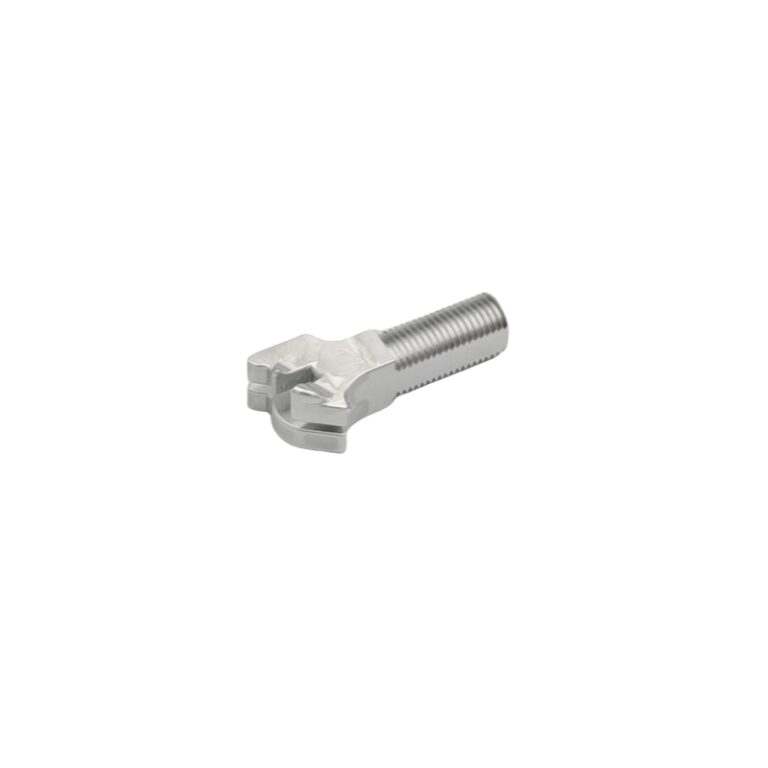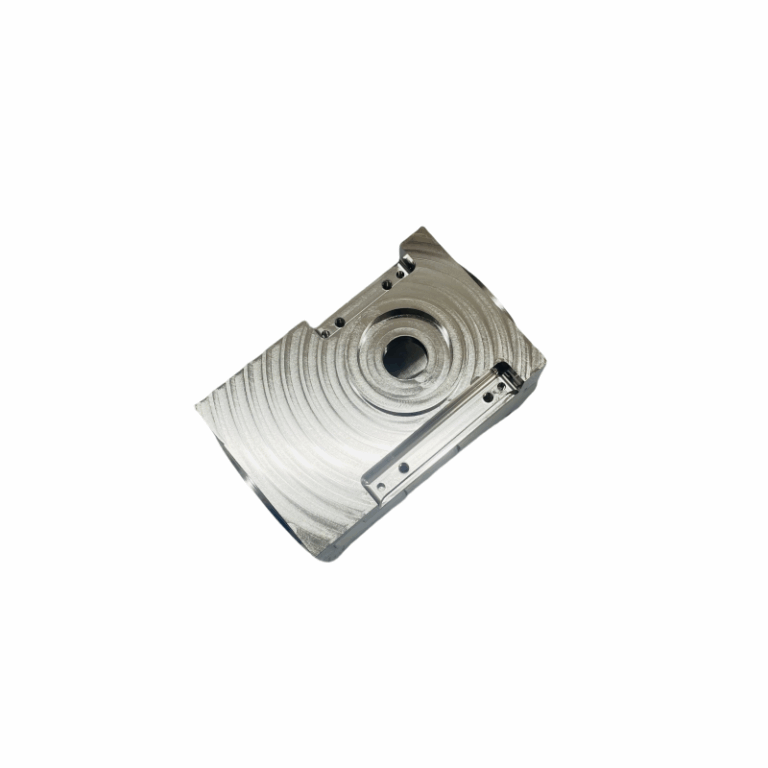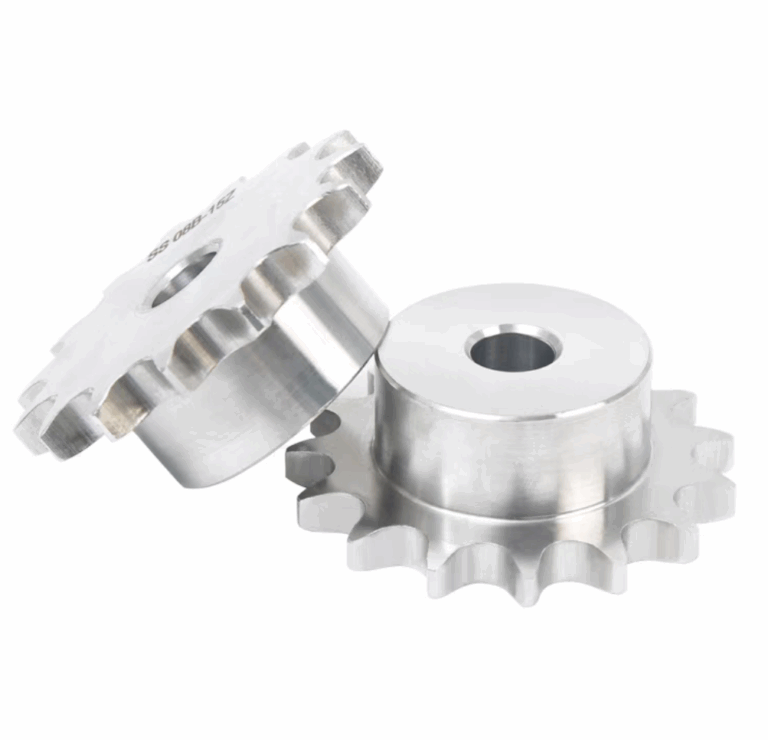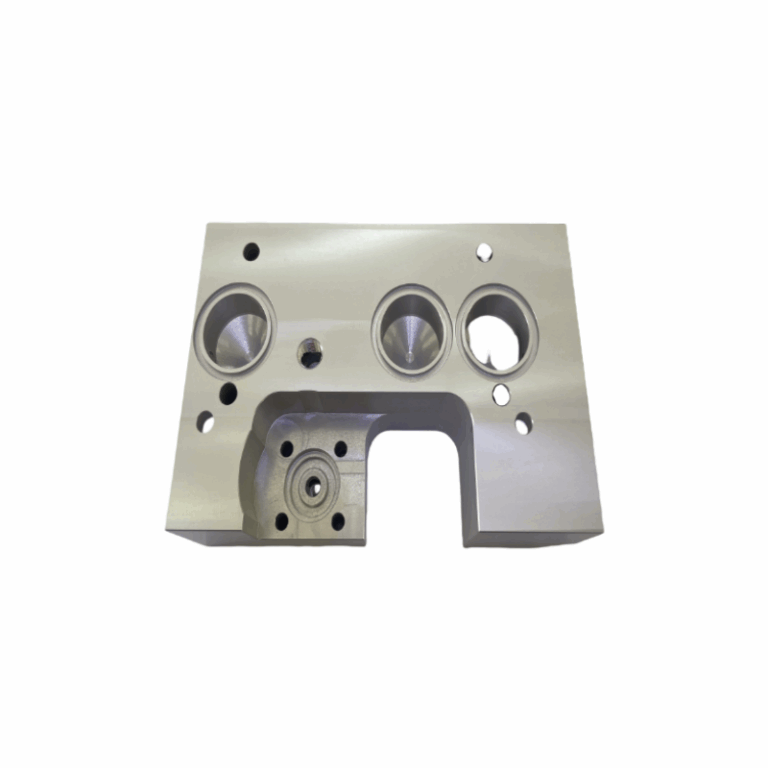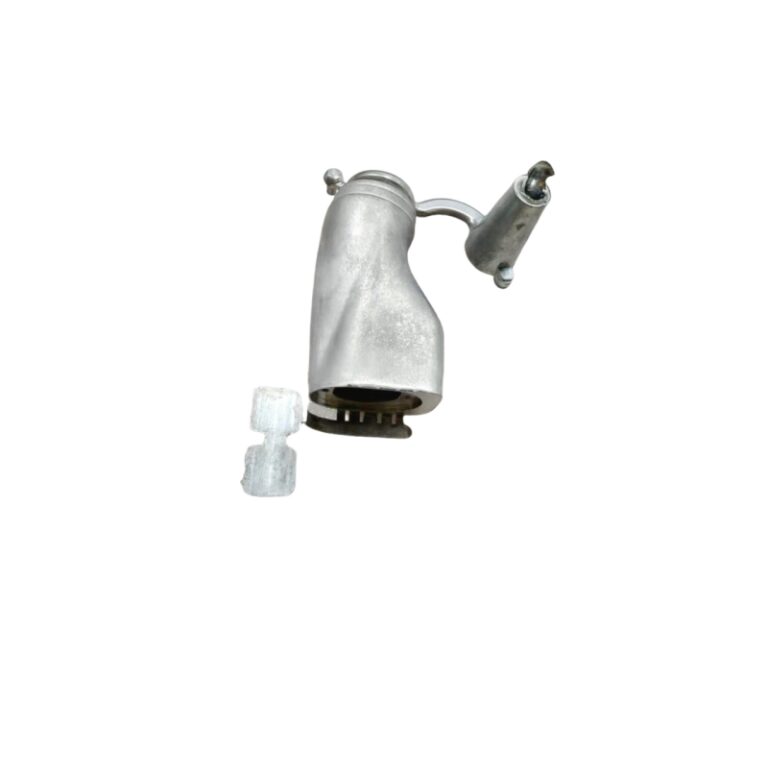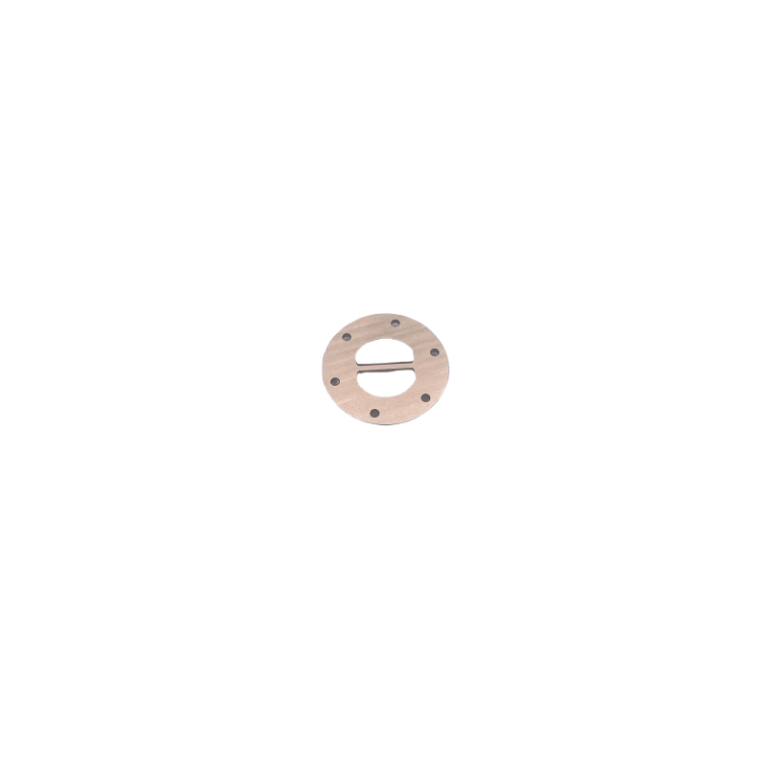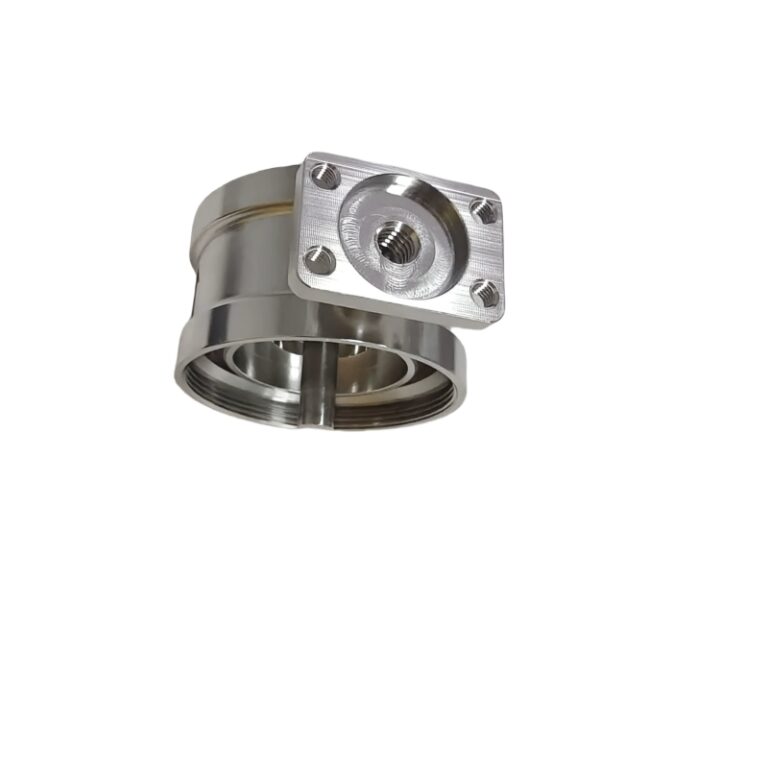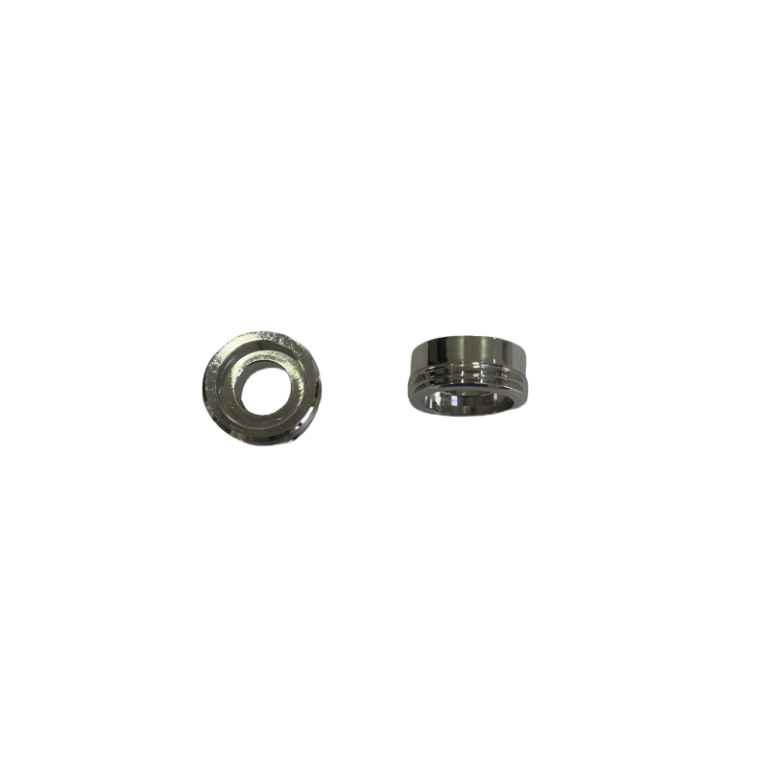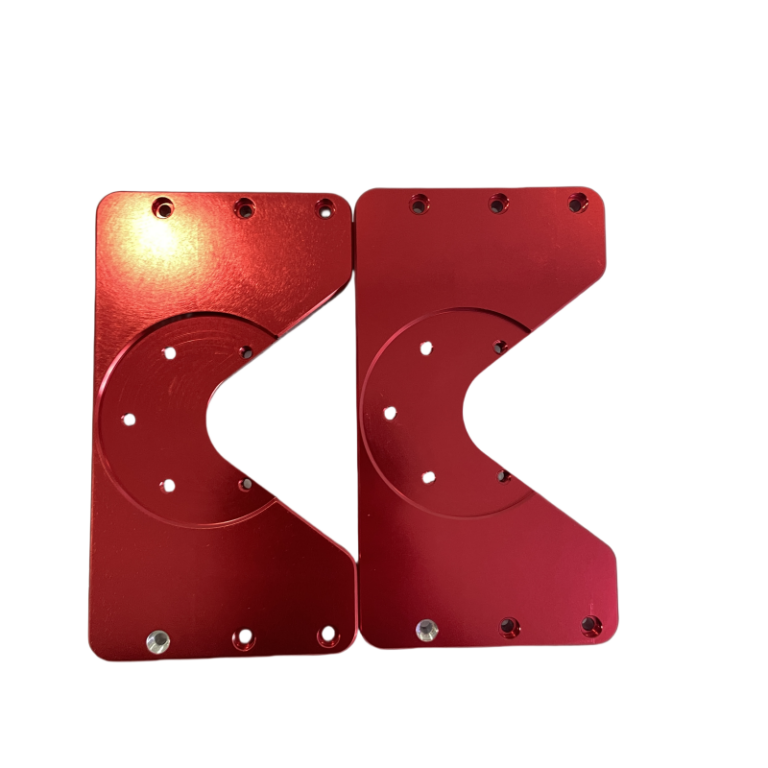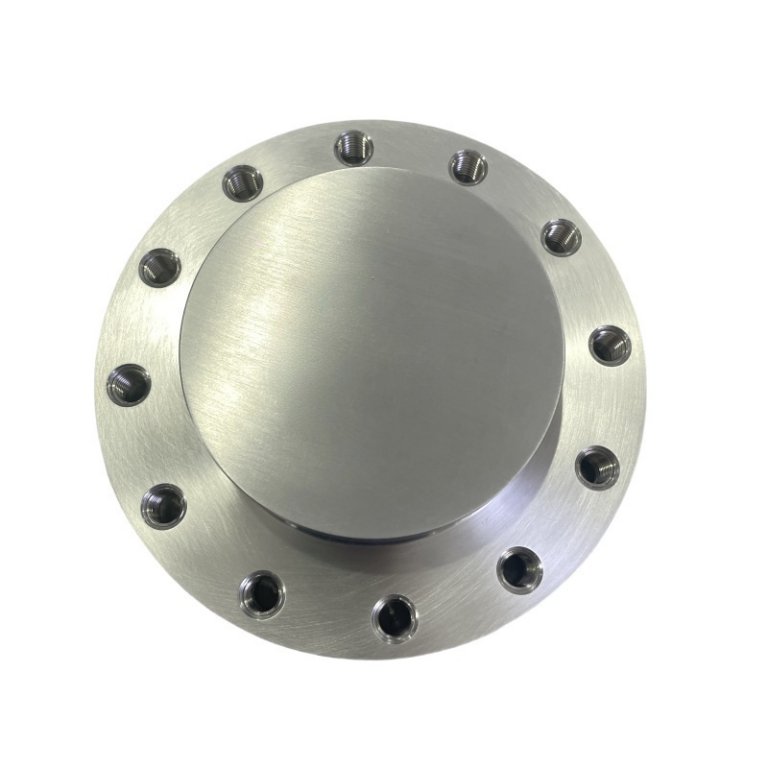Short shots injection molding is a common problem for manufacturers of plastic parts. It occurs when the molten plastic does not completely fill the mold, leaving gaps or incomplete parts in the final product. These defects can cause quality issues and affect the strength and appearance of the part. Solving short-shot issues is essential to maintaining high product standards and ensuring an efficient production process, saving time and money in manufacturing.

What is a Short Shot in Injection Molding?
Short shots (also known as lack of material, lack of glue, insufficient filling, etc.) are common injection molding defects. Short shots occur in injection molding when the molten plastic does not fill the mold cavity, resulting in an incomplete part or missing material. It will result in defects such as voids, thin areas, or completely unformed parts. Common signs of a short shot include noticeable gaps, diminished structural integrity, and parts that do not meet dimensional specifications. Early identification and resolution of short-shot issues are critical to ensuring the quality and performance of your plastic products.
Causes of Short Shots in Injection Molding
- Material-related issues
One of the main reasons for short shots is material viscosity. If the material is too viscous, it will have difficulty flowing through the mold, resulting in incomplete filling. Poor material flow or contamination (such as moisture or foreign particles) can also prevent proper filling. Ensuring the correct resin material is important to preventing these problems.
- Machine-related issues
Improper machine settings also can lead to short shots in molding injection. If the injection pressure or speed is too low, the plastic will not fill the mold. Additionally, using an undersized machine or one with insufficient material capacity may result in incomplete parts. Regular machine calibration is essential for ideal performance.
- Mold design issues
Poor mold design may result in under-injection, especially if venting is inadequate. Trapped air will impede the flow of plastic, resulting in incomplete filling. Additionally, narrow flow paths or flow restrictions caused by improper gate placement can limit how well material can reach all parts of the mold.
- Temperature and cooling issues
Temperature control plays a vital role in preventing short shots. Low melt or mold temperatures may cause the plastic to solidify before it fills the mold, leaving voids or incomplete parts. In hot runner systems, differences in temperature control can freeze the runners, further preventing proper filling.
- Insufficient supplies
Another common cause of underinjection is insufficient material supply during the injection. If the fill level is too low or the packing and holding pressures are not set correctly, the material will not be able to fill the entire mold. Ensuring the proper amount of material and pressure is critical to avoiding short shots.
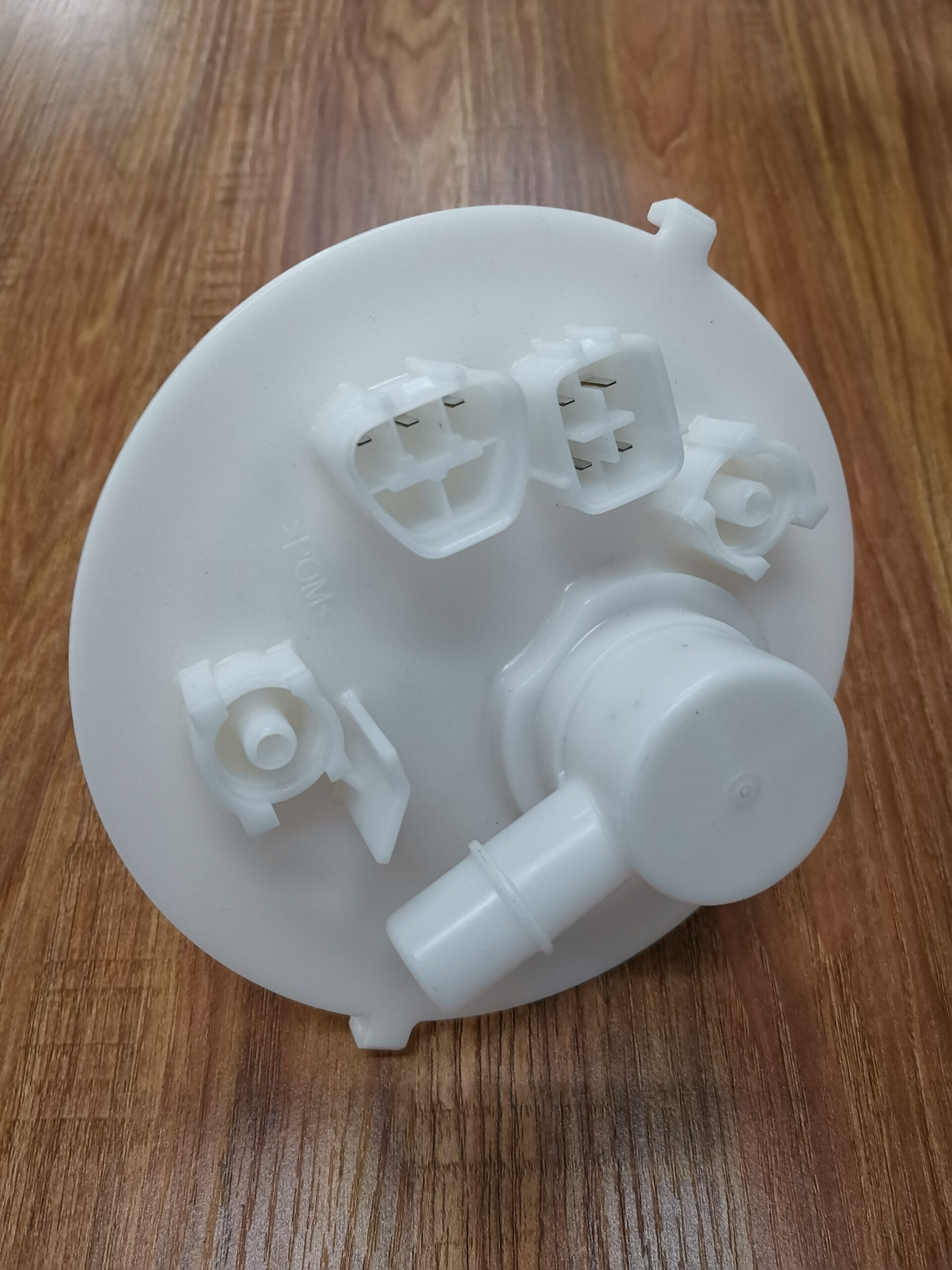
The impact of short shots on production
- Quality issues
Short shots can seriously affect the quality of the parts produced. Potential impacts include:
1.1 Weakened structural integrity: Parts may not be able to withstand the expected loads.
1.2 Aesthetic Defects: Visible defects that affect marketability.
1.3 Functional Limitations: Parts may not function as designed.
- Impact of production costs
2.1 The economic impact of short shots can be huge. Considerations include:
2.2 Increased waste: Short-shot parts usually need to be scrapped or reworked.
2.3 Production Delays: Rerunning the mold to correct short shots may result in delays in the production plan.
2.4 Higher costs: The need for additional materials, labor, and time increases overall production costs.
Key Strategies to Prevent Short Shots
Preventing short shots in injection molding is critical to maintaining quality, reducing waste, and ensuring efficient production. Here are some key strategies manufacturers can implement to minimize the risk of under-injection:
- Comprehensive mold design
Effective mold design is critical to preventing short shots. Here are some considerations:
Gating system: Make sure the gate is properly sized and located to allow for an even flow of molten material. Common door types include:
Edge doors: Positioned along the parting line.
Submarine Gate: Located below the mold surface, reducing the visibility of gate marks.
Hot runner systems: Can minimize material waste and keep coincident flow temperature.
Venting: Proper venting is critical to allow air to escape from the mold cavity. Key points include:
Vent location: Place the vent at the highest point of the mold.
Vent Sizing: Use adequate vent width for efficient airflow.
Mold Design: Design molds with coincident wall thickness to prevent flow disruptions. What should be considered:
Draft Angle: Use draft angles to facilitate part ejection and ensure complete fill.
Rib and Boss Design: Avoid sections that are too thick, which can trap air and restrict flow.
- Process parameter optimization
Fine-tuning the injection molding parameters can significantly reduce the possibility of short shots. The basic parameters that need to be adjusted include:
Injection pressure: Increase the pressure to ensure that the molten material fills the mold cavity.
Injection speed: Control the injection speed so that the material flows smoothly without causing turbulence.
Temperature Control: Maintaining optimal material temperature to ensure it flows easily. This includes:
Melt Temperature: Make sure the melt temperature is within the recommended range for the material being used.
Cooling Temperature: Adjust the cooling temperature to promote uniform solidification.
- Material Selection and Preparation
Selecting the right material and preparing it correctly can significantly affect flow characteristics:
Material Characteristics: Select a material with the right flow characteristics for a specific part design. Consider:
Viscosity: Materials with lower viscosities flow better and fill the mold more completely.
Additives: If necessary, use additives to enhance flow.
Drying and Conditioning: Properly dry materials before processing to prevent moisture-related flow problems.
- Regular maintenance and calibration
Maintaining equipment and regularly calibrating machinery can prevent mechanical problems that lead to short shots:
Machine calibration: Make sure the pressure, speed, and temperature settings of the injection molding machine are properly calibrated.
Routine Maintenance: Schedule regular maintenance checks to identify and resolve potential issues before they cause production problems.
- Training and Best Practices
Investing in operator training and implementing best practices can help reduce the risk of under-injection:
Operator training: Provide operators with comprehensive training in:
Machine operation: Make sure they understand how to adjust settings effectively.
Identify the problem: Train them to recognize the early signs of a short shot and take corrective action.
Standard Operating Procedures: Make rules and implement standard operating procedures that outline best practices for settings, operation, and troubleshooting.
Short shots of injection molding are a key challenge in the injection molding industry. Understanding its causes, effects, and prevention strategies is essential for manufacturers to efficiently produce high-quality, reliable parts. By optimizing mold design, improving injection molding parameters, and investing in training and maintenance, companies can significantly reduce the occurrence of injection molding short shots. As technology advances, the adoption of simulation tools and alternative technologies will further improve production capabilities, ensuring that injection molding short shots become a rare phenomenon rather than a recurring challenge. The continuous pursuit of excellence in injection molding will improve product quality and help create a more sustainable and efficient manufacturing landscape.

